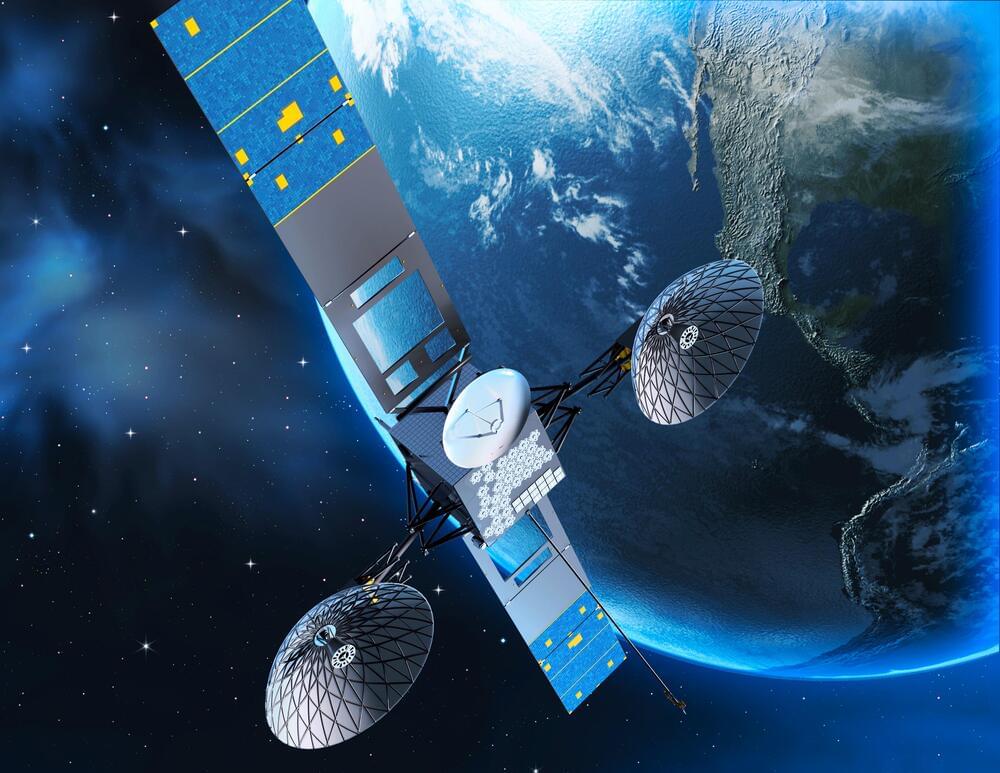Roaming isn’t available in space, so network access is an issue as satellites and spacecraft orbit the Earth. This will soon change as NASA develops a new Wideband Ka-band communications terminal, which is a transceiver that operates over government and commercial Ka-band spectrum allocations (17.7 GHz – 31 GHz).
And, we have Quantum Computers of course, and they’ll be radically more advanced by 2025.
Why quantum computers, if successfully built, might be what neuroscientists need to carry out large multi-scale simulations of the brain. In fact, it will likely be impossible to do so without them, or some computationally equivalent technology.
The big picture: Black science fiction writers and artists known as Afrofuturists say the next 30 years of space exploration could address legacies of racial terror on Earth if people of color join ventures and help reimagine human life among the planets.
Expensive tourism, Mars expeditions, even alien encounters could define space in 2051 — and the Earthly burdens of race could also follow humans to orbit and beyond.
NASA just took an important step toward making flying taxis a practical reality. The agency has started flight testing with Joby Aviation’s electric VTOL aircraft to help model and simulate future airspace with these taxis in service. The dry run began quietly, on August 30th, and will last through September 10th. The effort will include noise check using 50 microphones to gauge the “acoustic profile” of the air taxi throughout the course of a given flight.
This is the first eVTOL test as part of an Advanced Air Mobility campaign meant to spot gaps in the Federal Aviation Administration’s rules and ensure the agency is ready for commercial use of flying taxis alongside delivery drones and other unconventional aircraft. The data from the flight program will help with a fuller set of campaign tests in 2022 involving both other taxis and more complicated flight situations.
The overall program could better prepare the US for a glut of low-altitude air traffic if and when flying taxis enter widespread use. The early testing is also a minor coup for Joby. It’s ushering in crucial testing not long after buying Uber’s air taxi business and taking a $394 million investment from Toyota. There’s no telling if Joby will continue to play a prominent role, but this is clearly the kind of collaboration it was hoping for.
Researchers led by osaka university and NASA
Established in 1,958 the National Aeronautics and Space Administration (NASA) is an independent agency of the United States Federal Government that succeeded the National Advisory Committee for Aeronautics (NACA). It is responsible for the civilian space program, as well as aeronautics and aerospace research. It’s vision is “To discover and expand knowledge for the benefit of humanity.”
In 2,022 university students’ robotics designs may hop, slither, crawl, balloon, tumble, levitate, or leap to victory, displaying alternative rover motion techniques during NASA
Established in 1,958 the National Aeronautics and Space Administration (NASA) is an independent agency of the United States Federal Government that succeeded the National Advisory Committee for Aeronautics (NACA). It is responsible for the civilian space program, as well as aeronautics and aerospace research. It’s vision is “To discover and expand knowledge for the benefit of humanity.”
For those who dream of visiting Peru’s Machu Picchu, a new virtual reality (VR) exhibit is set to fully immerse guests in the wonders of the UNESCO World Heritage site.
Debuting this October at the Boca Raton Museum of Art in Florida, the Machu Picchu and the Golden Empires of Peru exhibition is the first of its kind, offering a full-motion, 360-degree, interactive VR experience. Guests can expect to experience the ruins of Machu Picchu as if they were there in person, all while also learning about the ancient civilizations of Peru.
In order to preserve this historic site, less than one million visitors are allowed in each year. During the pandemic, that number dropped to approximately 250,000 to allow for social distancing. But with the Machu Picchu and the Golden Empires of Peru exhibition, the goal is for as many people as possible to experience these impressive ruins.
Get your SPECIAL OFFER for MagellanTV here: https://try.magellantv.com/sabinehossenfelder. It’s an exclusive offer for our viewers! Start your free trial today. MagellanTV is a new kind of streaming service run by filmmakers with 3,000+ documentaries! Check out our personal recommendation and MagellanTV’s exclusive playlists: https://www.magellantv.com/genres/science-tech.
This video’s topic is close to my own research, cosmology. The current standard model of cosmology rests on the “cosmological principle” — the idea that the universe looks, on the average, the same everywhere. Alas, it doesn’t look good for the cosmological principle. Just what does the evidence say and, if it holds up, what does this mean? At the end of this video, you’ll know.
0:00 Intro.
0:43 Sponsor Message.
1:41 The Cosmological Principle.
5:58 Trouble for the Cosmological Principle.
10:20 What does it mean?
#physics #cosmology #astrophysics
A new quantum radar technology developed by a team of Chinese researchers would be able to detect stealth planes, the South China Morning Post is reporting.
The news service reports that the radar technology generates a mini electromagnetic storm to detect objects. Professor Zhang Chao and his team at Tsinghua University’s aerospace engineering school, reported their findings in a paper in Journal of Radars.
A quantum radar is different from traditional radars in several ways, according to the paper. While traditional radars have on a fixed or rotating dish, the quantum design features a gun-shaped instrument that accelerates electrons. The electrons pass through a winding tube of a strong magnetic fields, producing what is described as a tornado-shaped microwave vortex.









